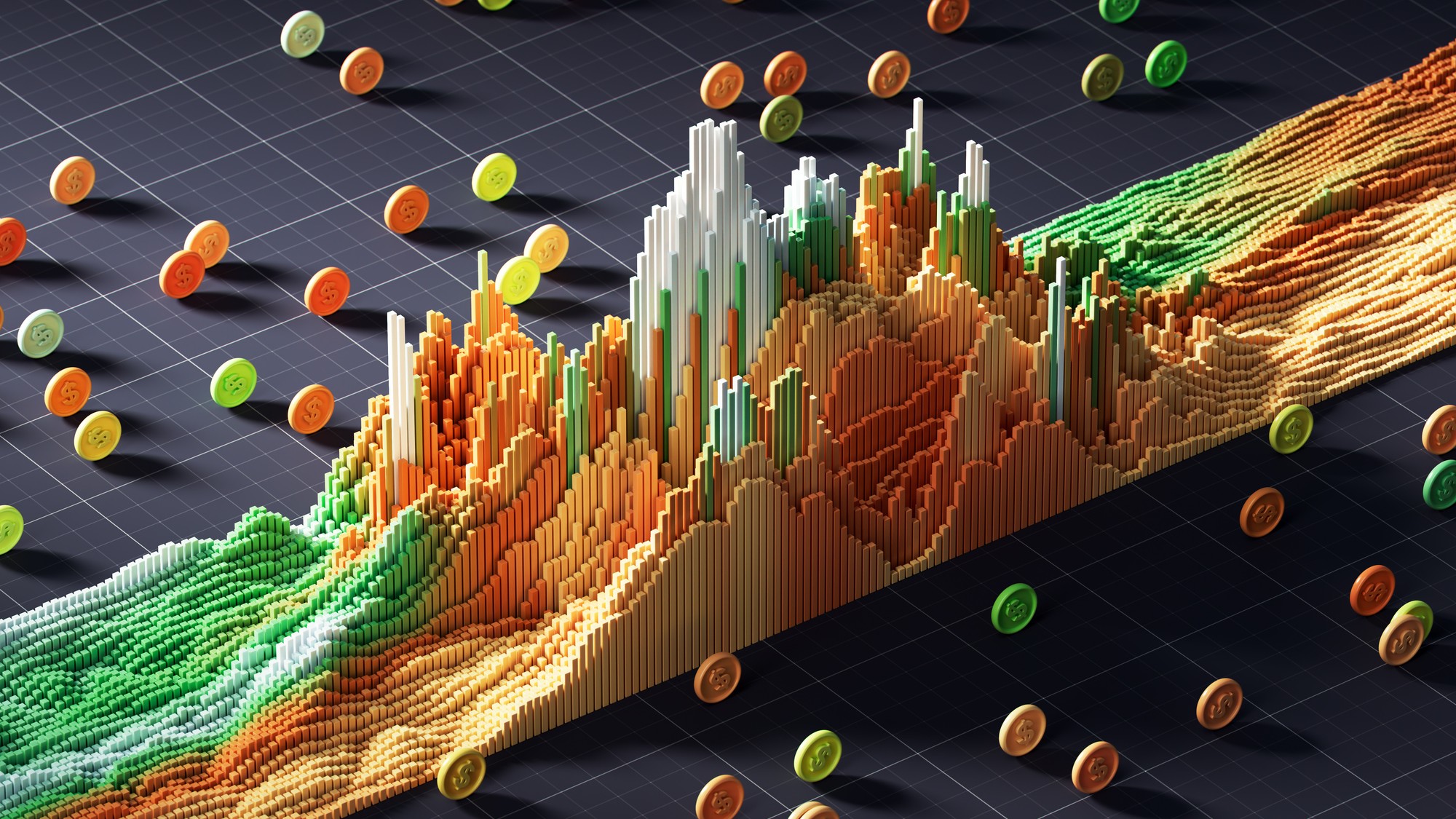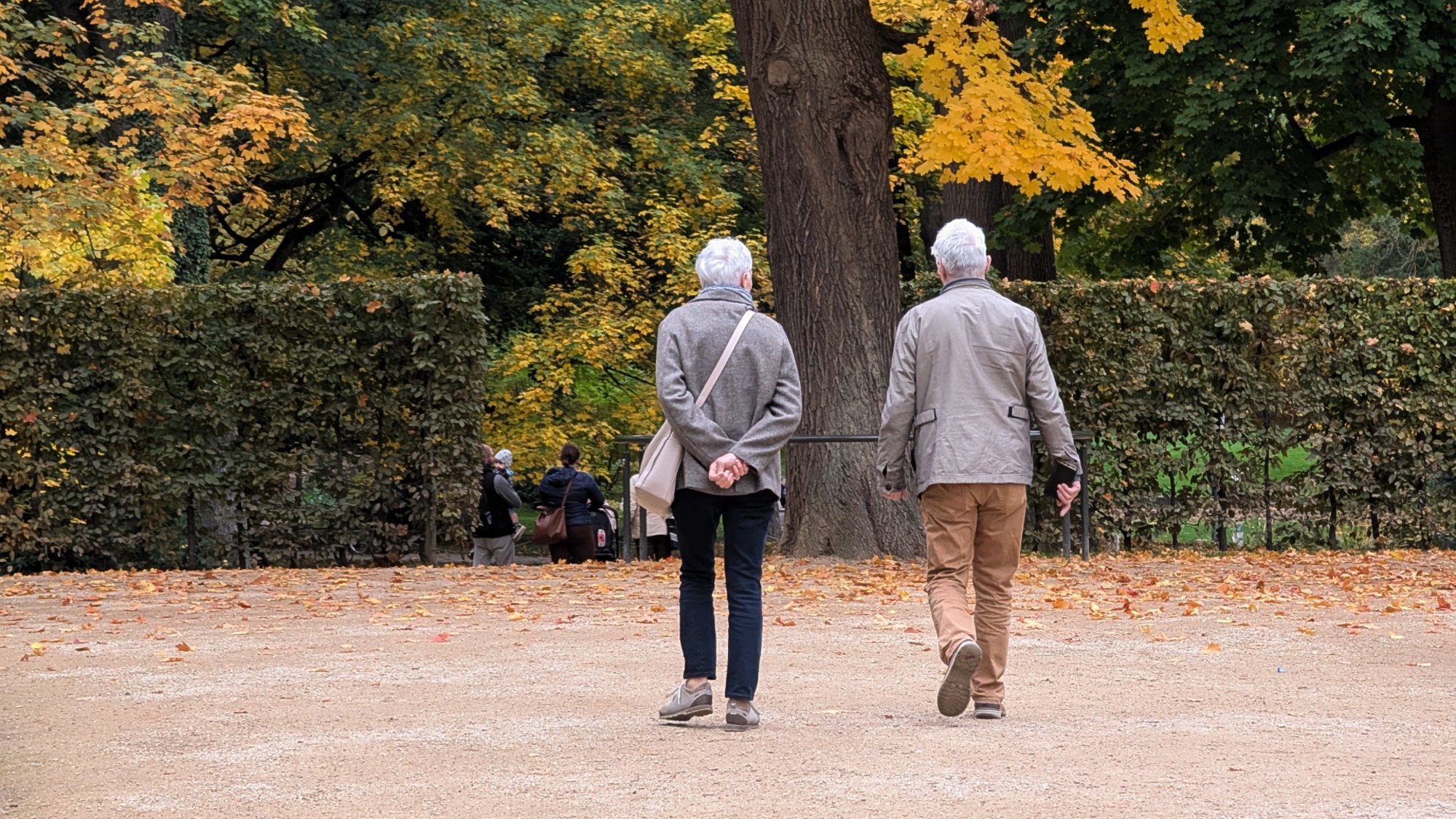Frozen pizza sales could be a key indicator of a recession
Sales of the item have been increasing since the pandemic


Want to know if the economy is faltering? Inspect your local frozen food aisle. With a slew of economists and businesspeople like Elon Musk predicting there will be a recession before the end of the year, many have looked to frozen pizza sales as a way to predict when economic malaise might arrive.
Sales of frozen pizza and frozen food in general have historically spiked just prior to times of economic downturn. Now, with frozen pizza sales on the rise since the pandemic, there are questions once again about what it means for the economy.
How many frozen pizzas are being sold?
Over the last few years, frozen pizzas have been flying off the shelves at a rapid pace. Sales "jumped by $1 billion in 2020, climbing from $5.6 billion in 2019 to nearly $6.6 billion," said Food & Wine. This continued even after the pandemic lockdowns ended, and by 2024, U.S. sales "reached nearly $7 billion, contributing to a global market worth $18.5 billion."
The Week
Escape your echo chamber. Get the facts behind the news, plus analysis from multiple perspectives.

Sign up for The Week's Free Newsletters
From our morning news briefing to a weekly Good News Newsletter, get the best of The Week delivered directly to your inbox.
From our morning news briefing to a weekly Good News Newsletter, get the best of The Week delivered directly to your inbox.
This has led to frozen pizza becoming a large part of Americans' diets, say analysts. There are "over 20% of Americans purchasing frozen pizza monthly," according to the investment bank Greenwich Capital Group.
This spike won't disappear anytime soon. Greenwich estimates that frozen pizza sales in the U.S. will crest $7.4 billion in 2025 and could hit nearly $10 billion by 2030.
Is it the canary in the frozen food aisle?
These sales are often seen as an indicator that the economy isn't doing well because, "in addition to being convenient," frozen pizza is a "more cost-effective option for a family meal," said Greenwich. This makes it an appealing option for people who are trying to eat on a budget.
When people are "feeling pinched — economically, existentially — they turn to the grocery store frozen section," said Business Insider, and this phenomenon has been seen before. In 2009, in the "midst of the Great Recession, frozen food sales grew by 3.1%." As "economic anxiety is stirring up once again, people are leaning toward eating at home and stocking up" from the frozen food aisle.
A free daily email with the biggest news stories of the day – and the best features from TheWeek.com
Over the last few years, people have been "opting to buy a greater share of their meals at retail establishments — grocery stores, clubs, online — than from food-service operations, such as restaurants," said Business Insider, and frozen pizza is no exception. This is a "reflection of several things," said David Portalatin, a food industry adviser at market research firm Circana, to the outlet. This includes a "response to inflation and the fact that food inflation away from home is still accelerating faster than at home." But it's also a "longer-term trend of a more home-centric consumer."
There are signs that frozen pizza companies are recognizing this trend. Nestlé SA, a conglomerate that owns numerous frozen food brands, has "brought 95% of its frozen pizza portfolio, which includes brands like Tombstone, Jack's and DiGiorno, back down into the $4 to $6 range," said Bloomberg. This price decrease isn't too unusual, as during "periods of economic uncertainty, it's common for consumers to shift from takeout to frozen pizza as a cost-saving measure," said R.J. Hottovy, the head of research at retail analytics company Placer.ai, to Food & Wine, and this "suggests budget-conscious consumers may be adjusting their dining habits."
Justin Klawans has worked as a staff writer at The Week since 2022. He began his career covering local news before joining Newsweek as a breaking news reporter, where he wrote about politics, national and global affairs, business, crime, sports, film, television and other news. Justin has also freelanced for outlets including Collider and United Press International.
-
 A lemon-shaped exoplanet is squeezing what we know about planet formation
A lemon-shaped exoplanet is squeezing what we know about planet formationUnder the radar It may be made from a former star
-
 Political cartoons for January 4
Political cartoons for January 4Cartoons Sunday's political cartoons include a resolution to learn a new language, and new names in Hades and on battleships
-
 The ultimate films of 2025 by genre
The ultimate films of 2025 by genreThe Week Recommends From comedies to thrillers, documentaries to animations, 2025 featured some unforgettable film moments
-
 How prediction markets have spread to politics
How prediction markets have spread to politicsThe explainer Everything’s a gamble
-
 What will the US economy look like in 2026?
What will the US economy look like in 2026?Today’s Big Question Wall Street is bullish, but uncertain
-
 SiriusXM hopes a new Howard Stern deal can turn its fortunes around
SiriusXM hopes a new Howard Stern deal can turn its fortunes aroundThe Explainer The company has been steadily losing subscribers
-
 Unemployment rate ticks up amid fall job losses
Unemployment rate ticks up amid fall job lossesSpeed Read Data released by the Commerce Department indicates ‘one of the weakest American labor markets in years’
-
 The longevity economy booms as people live longer
The longevity economy booms as people live longerThe Explainer The sector is projected to reach $27 trillion by 2030
-
 Employees are branching out rather than moving up with career minimalism
Employees are branching out rather than moving up with career minimalismThe explainer From career ladder to lily pad
-
 Fast food is no longer affordable for low-income Americans
Fast food is no longer affordable for low-income AmericansThe explainer Cheap meals are getting farther out of reach
-
 Is the UK headed for recession?
Is the UK headed for recession?Today’s Big Question Sluggish growth and rising unemployment are ringing alarm bells for economists
